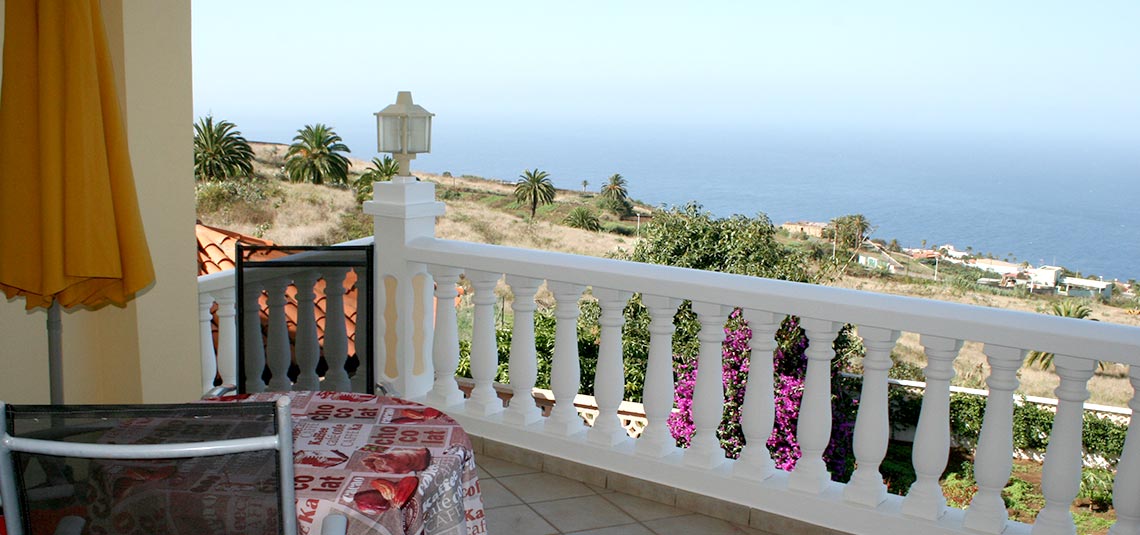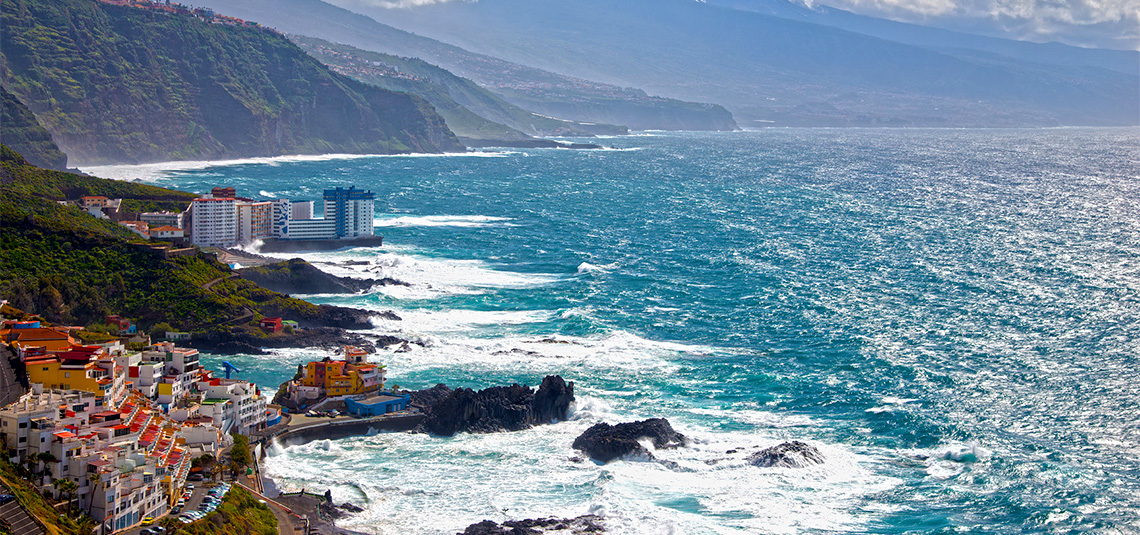Trips
Holidays in Tenerife
For hikers and nature lovers, the Anaga Mountains (Spanish: Macizo de Anaga) in the north-east of Tenerife. It is 20 km in west-east direction and extends from north to south in a width of 5 to 10 km. The mountains were formed seven or nine million years ago by volcanic activities. The highest points are the Cruz de Taborno with 1,024m altitude in the west of the mountains and the Chinobre with 909m to the east. The ridge of the massif, which forms the wettest region of the island due to mist and rain, is covered with laurel forest.
In 1987 a natural park was set up, which was protected in 1994 as Parque Rural de Anaga. The largest town in the Anaga Mountains with around 700 inhabitants is Taganana, which is located in a wide stretch near the Atlantic coast. Since 2015, the area has also been a biosphere reserve. The green and fertile Orotava Valley (Spanish Valle de la Orotava) is also located in the north of the Canary Island of Tenerife and can be reached from the finca in about 20 minutes by car.
The term “valley” is misleading since the Orotava valley is actually an inclined plain with an area of approximately 10 × 11 kilometers, the development of which has nothing in common with a valley. The Valle de la Orotava runs from the sea up to an altitude of almost 2,000 meters to almost the beginning of Las Cañadas with the Pico del Teide, the highest mountain in Spain with 3,718 meters. The name of the valley is the traditional and representative town of La Orotava, which is situated at an altitude of 340 m and has a population of almost 40,000. The city of Puerto de la Cruz, the former port of La Orotava, is today’s main town of the valley and the tourist center in the north of Tenerife. To the west of the valley is the town of Los Realejos.
Also within a 20-minute drive is the Loro Parque, a wildlife park in the north of the Canary Island of Tenerife and one of the largest employers on the island. It was originally created as a parrot park, which gave it its name – “Loro” is the Spanish word for “parrot”. In the park belonging to the park is the largest parrot collection in the world. It is not open to the public, but members of the Loro Parque Foundation are admitted. Only a glance at the feeding of the young birds can be caught in the regular park round trip. In the animal park, however, a representative cross-section of parrots and parakeets is shown.
The total area of the Loro Parque encompassed approximately 135,000 m² in 2003. Keeping, breeding and protecting the different species of parrots are still a major focus of Loro Parque.
Tickets:
- 34 Euro / adult
- 23 euros / children (6-11 years)
- Free entry until 6 years
Directly in Puerto de la Cruz is the visit of the 18,000sqm Lago Martianez a seawater swimming pool, which was designed and built in the 1970s by the artist Cesar Manrique, certainly worth a visit.
Close to the finca is the black natural beach Las Arenas in Mesa del Mar and the natural sea water pools of Bajamar and Punta Hidalgo.





